Top Marvel concept artist shares 6 tips for success
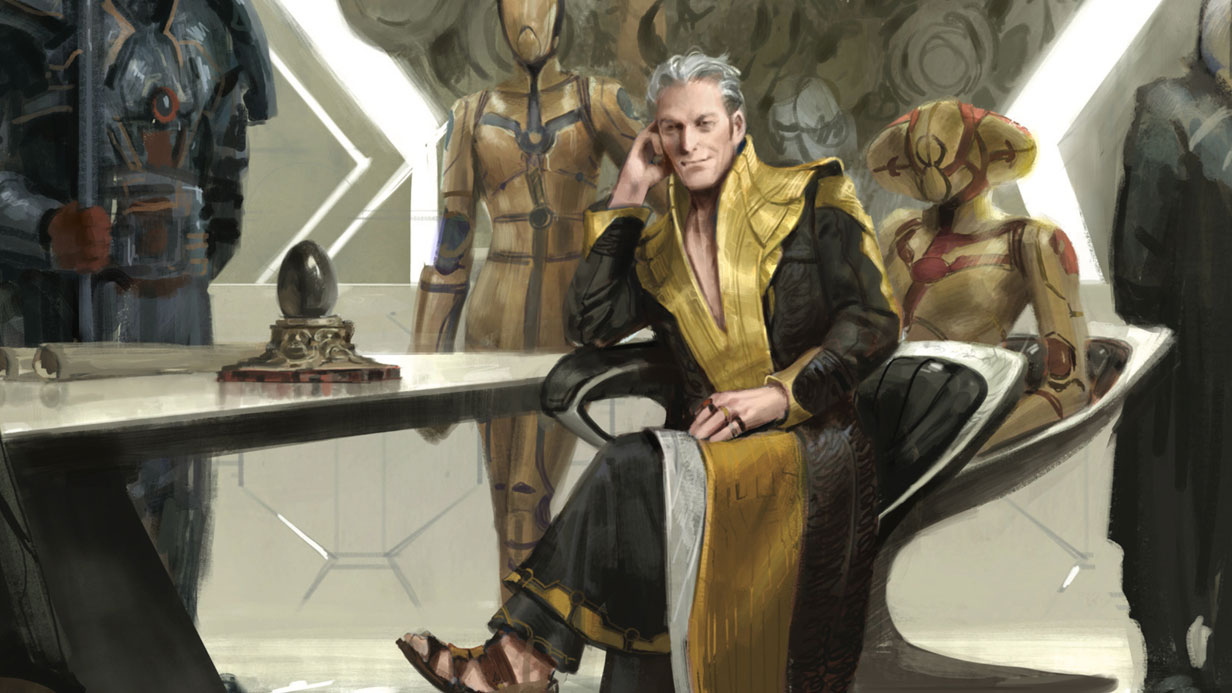
When Karla Ortiz gives advice on how to become a successful artist, it's advice you want to pay attention to. The award-winning Puerto Rican creative has already ticked most of the boxes on any aspiring artists' dream-list. In her 10 years as a concept artist, she's contributed to several big-budget films, including Jurassic World, World of Warcraft, Rogue One, Thor Ragnarok, Black Panther, Infinity Wars, and Doctor Strange. As an illustrator, she's perhaps best known for her work on Magic: The Gathering; while as a fine artist her work has been exhibited in major galleries worldwide.
So when Ortiz spoke last Friday at Vertex, the sell-out event for 2D and 3D artists, we were eager to hear what she had to say. And she didn't disappoint: in a talk full of passion, Ortiz shared a torrent of wisdom gleaned from a career full of ups and downs. Read on, as we share some of her best tips.
Also read: Art techniques: top techniques for painting and drawing
01. We all have bad days
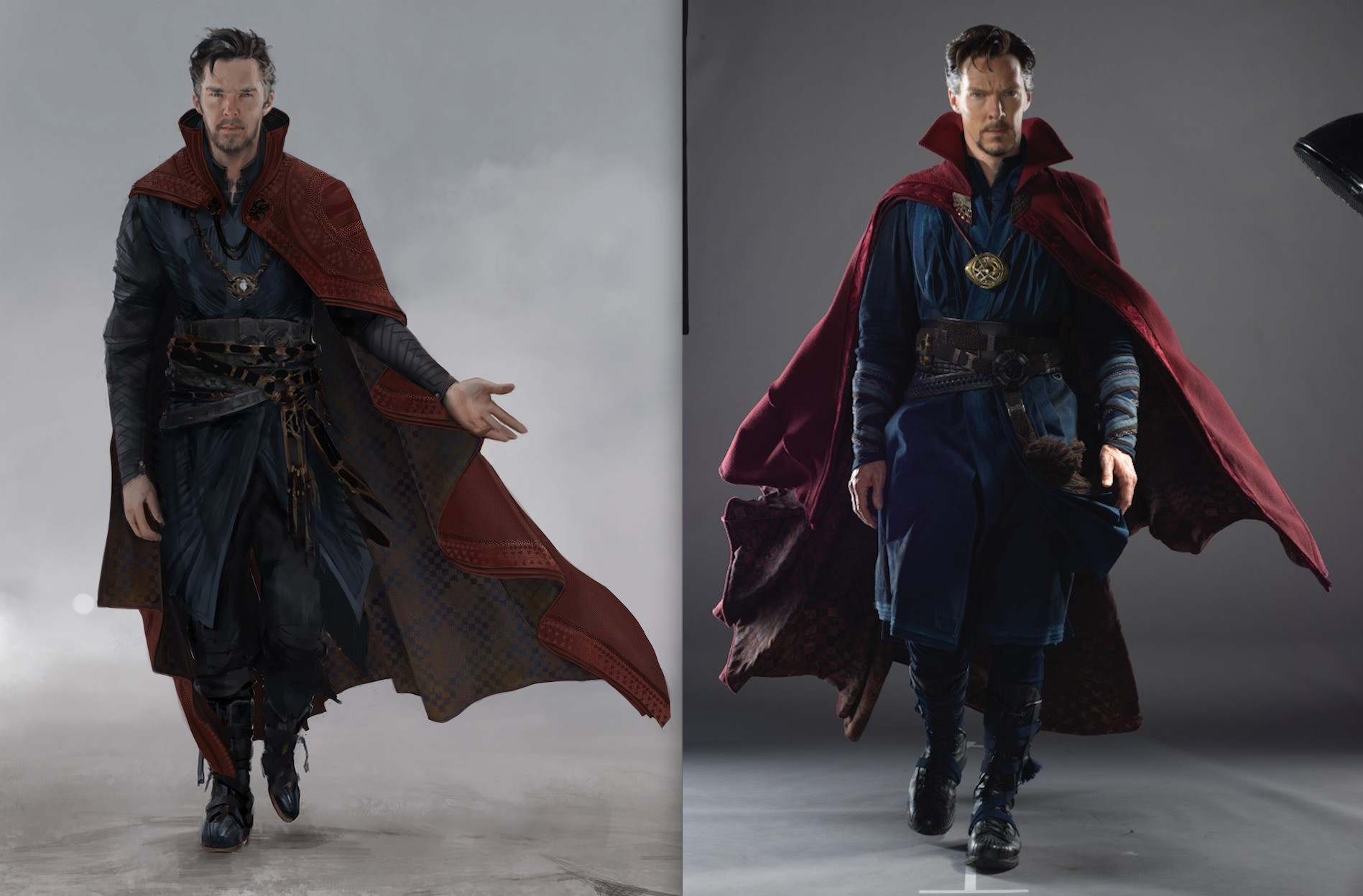
If you’re doubting your ability to succeed as an artist, then don’t worry, says Ortiz: you’re not alone. "We all have that shared emotional up and down: ‘I can't paint this right, so I suck.’ You don't believe you are as good as you are, because you don't see it. But that's okay, it's a very normal thing for an artist. You're not an artist unless you want to quit at least once."
The most common trait of artists, she notes, is to constantly compare yourself to the most successful artists. It’s an example of survivorship bias: "the tendency to focus so much on other people’s success, it renders the failures it took to get to that success invisible". In other words, when you see a famous piece of art, you don’t see the countless terrible paintings that artist made which went straight in the trash.
"When you see this incredible painter or this incredible VFX artist, you only see the end result, the shiny career," she says. "You don’t see the trials and tribulations it took to get that far. So always, always, keep your survivorship bias in check."
To illustrate an example from her own career, she refers to her time at ILM. "I had a really horrible first day, in fact I had a really horrible first two months," she reveals. “I didn’t have any friends. I thought I was going to get fired. And then to make matters worse, I had this one really horrible day when nothing I did worked out. So feeling defeated, I went home."
Stepping into the elevator, she was joined by the iconic Star Wars artist Ian McCaig, who walked in and emitted a heavy sigh. “Ian is a consistent source of positive energy, so to hear him sigh is something of concern," Ortiz recalls. "So I asked what was wrong, and he was like: 'I had a rough day at work, I couldn’t quite paint what I wanted. But I will figure it out and do well tomorrow.'
Daily design news, reviews, how-tos and more, as picked by the editors.
"He said something so normal, but my mind exploded," continues Ortiz. “Here is one of Hollywood’s best legendary artists and he had a rough day. So I’m allowed to have one too. But my attachment to whether what I did was good or not was so strong, it invaded my ability to perform. That’s something you should really not allow yourself to do. Because we all have bad days. You’re not alone in having a bad day."
02. Age doesn’t matter
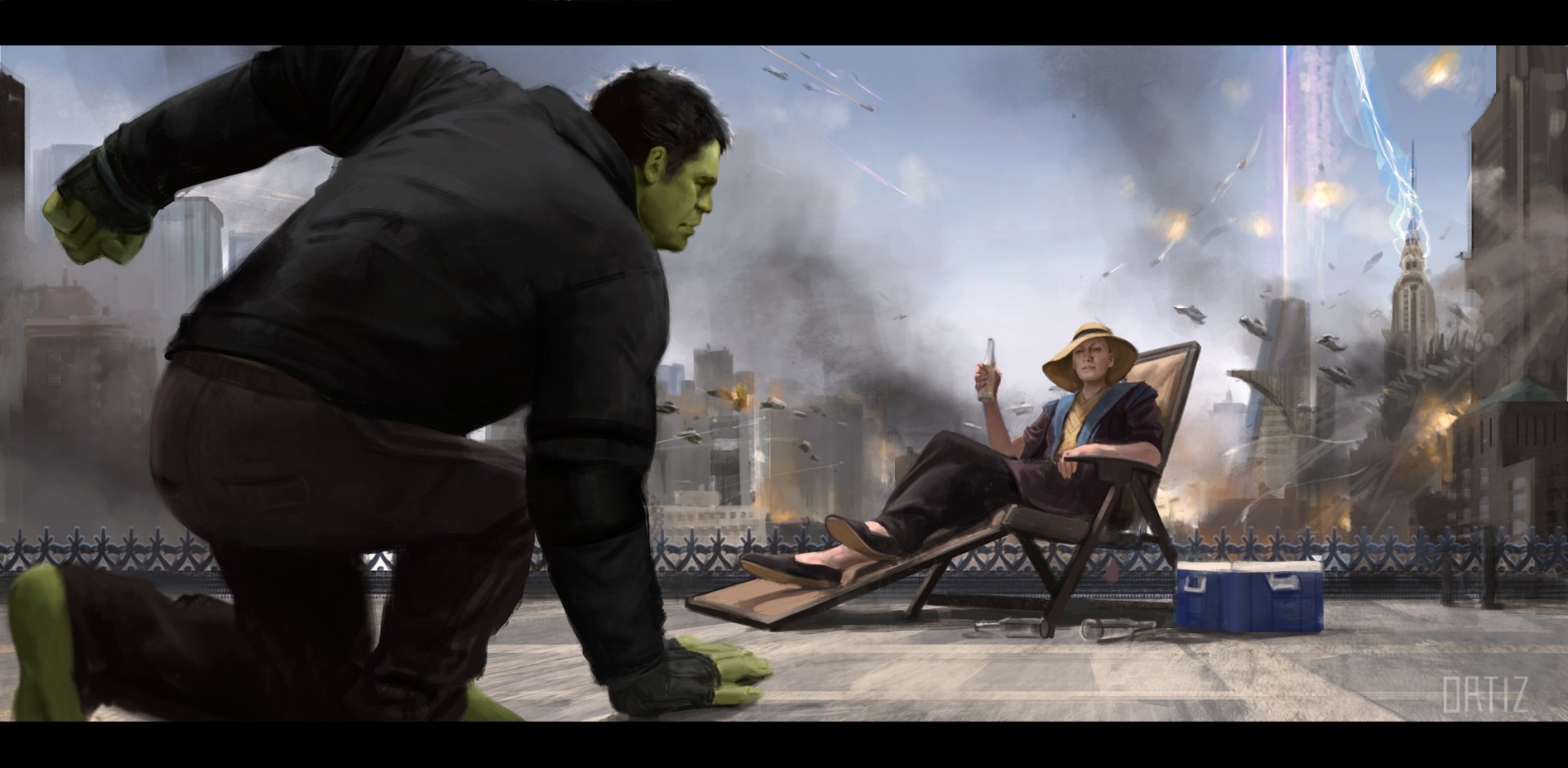
Ortiz speaks at conferences all over the world, and meets artists from many different backgrounds. “But they all have the same fears” she says. “For instance, this adorable lady came to me and said, ‘I’m close to being 50: I’m so scared that I don’t think I can do this.’ But that’s so wrong. We have this ridiculous focus on age, it’s complete crap. It doesn’t matter, because it’s not a race. The whole idea is get knowledge and to get there eventually."
Many people think you have to be young to succeed in the art world, but there are countless examples of artists who blossom later in life, and that’s to the benefit of everyone, believes Ortiz. “The best thing about art is that it reflects the point of view of a particular person in time, and that is an amazing thing,” she reasons. “So whatever age you are, don’t feel that pressure, that ‘I want to achieve this by the time I’m such-and-such an age’. I was once one of those people, and it was useless, it was a waste of my time. Your time is served much better if you focus on knowledge and practice.”
03. Develop a support network
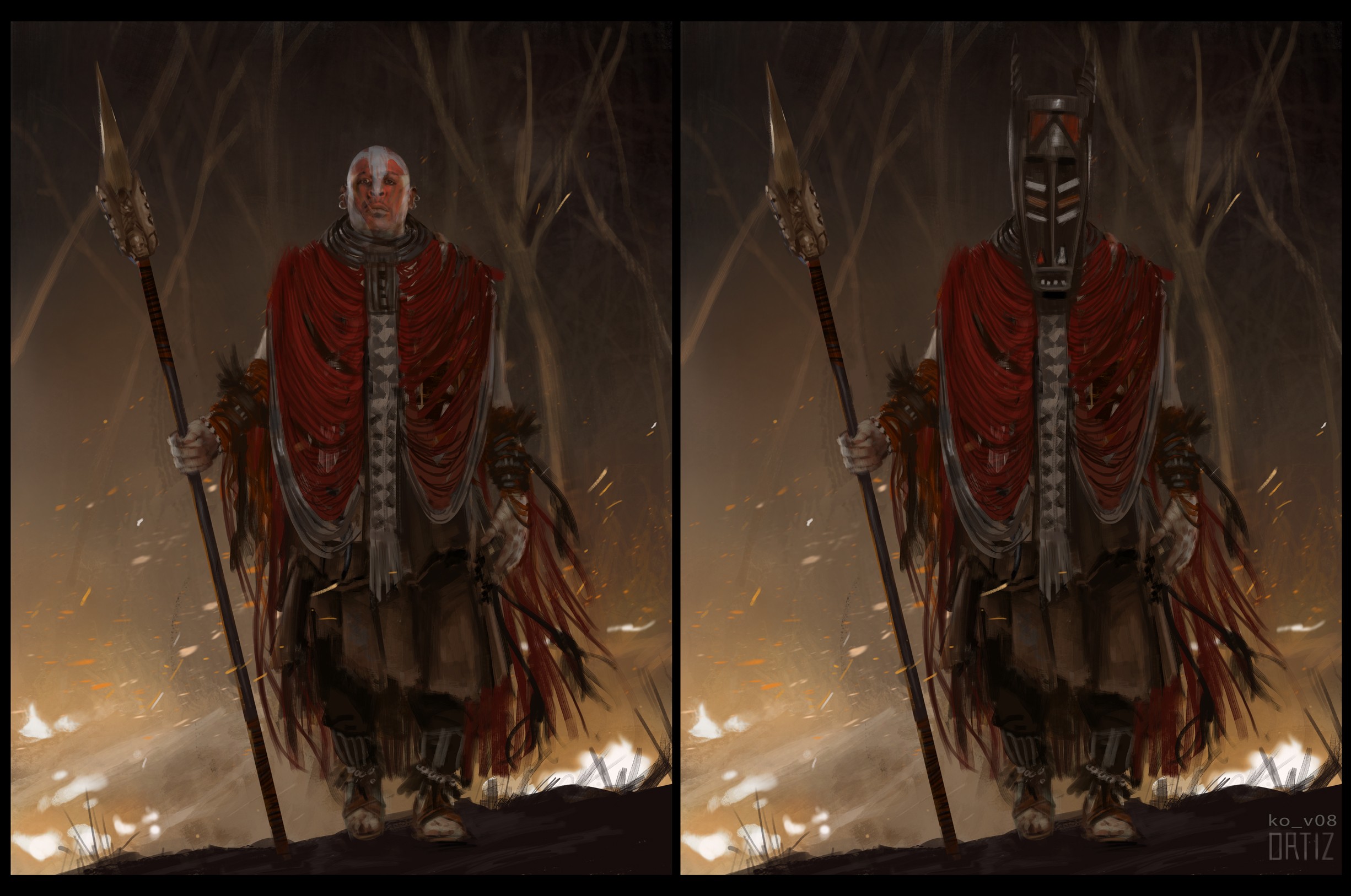
“This man came up to me and said: ‘My family doesn’t like what I do: they don’t know what being an artist is about, they don’t believe in it, they don’t care about it,” remembers Ortiz. And this made her realise the importance of having a support mechanism. “Of having people around you who say: ‘You know what? This might be hard, but you can do it.' To have that person in your life can really change everything for you.”
Of course, some people are luckier than others; Ortiz herself came from a family of artists. “So what if you can’t find support networks?” she asks. “You need to reach out to others. Surround yourself with people who will believe in you, no matter what. That sometimes comes in the form of friends, it sometimes comes in the form of online communities."
Once you start interacting with other artists online, you’ll soon discover it's a profession that’s particularly friendly and supportive. In Ortiz’s words: “Twitter is a pretty scary place, but our Twitter? Our Twitter’s cool.”
04. Be resilient
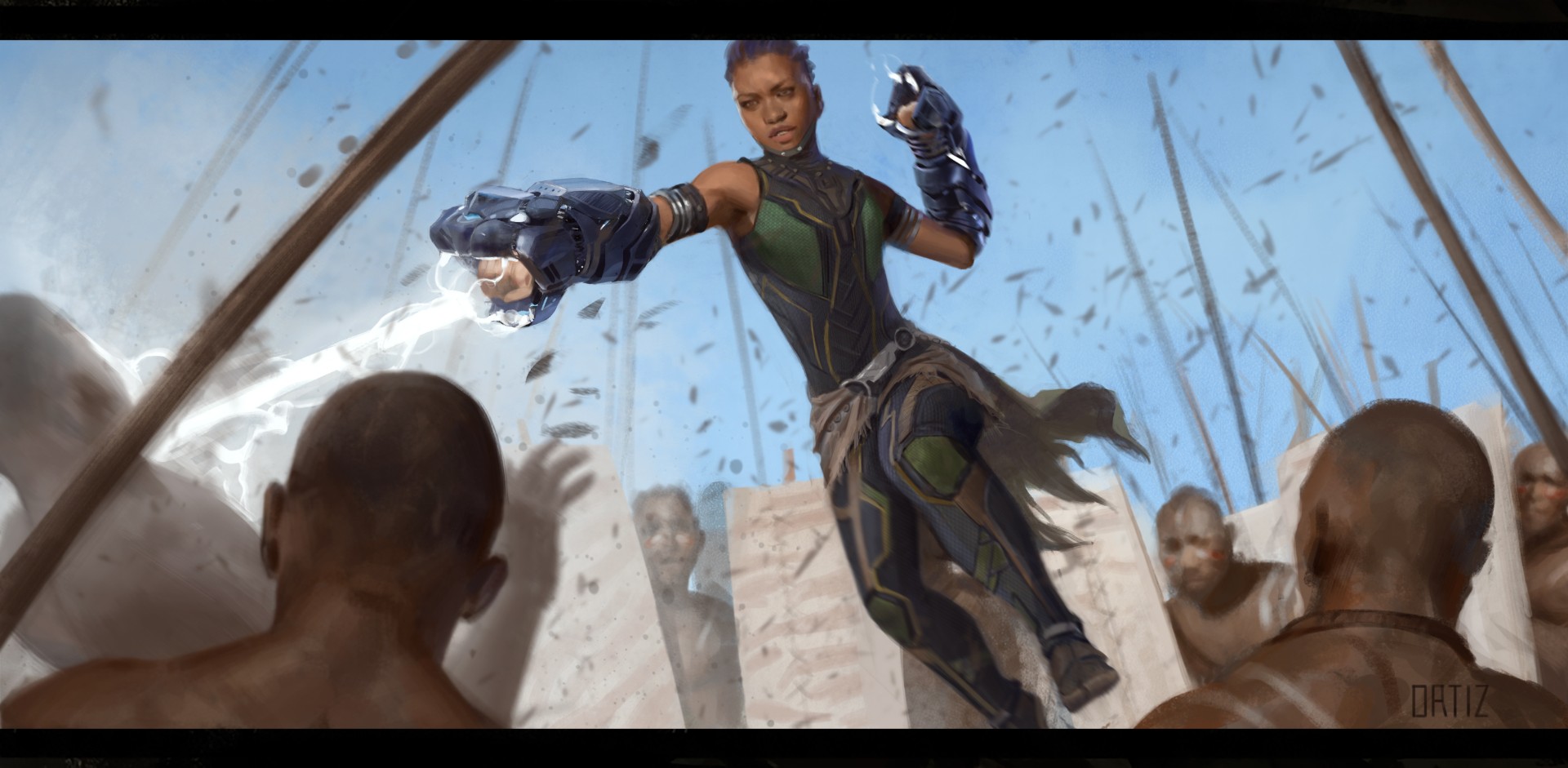
However, while a support network can help you, you can’t rely on it, adds Ortiz. “To be a successful artist, there’s also an element of needing to build yourself up, of becoming resilient and strong.”
All artists get knockbacks and rejections, but you have to keep powering on and pursuing your vision. How do you do that in practice? “Detach yourself from the idea that your value as a human being and how good your art is depends on how successful you are," says Ortiz. "You’ve got to really disassociate yourself from that, because that will make you feel very very alone."
05. Art is a puzzle
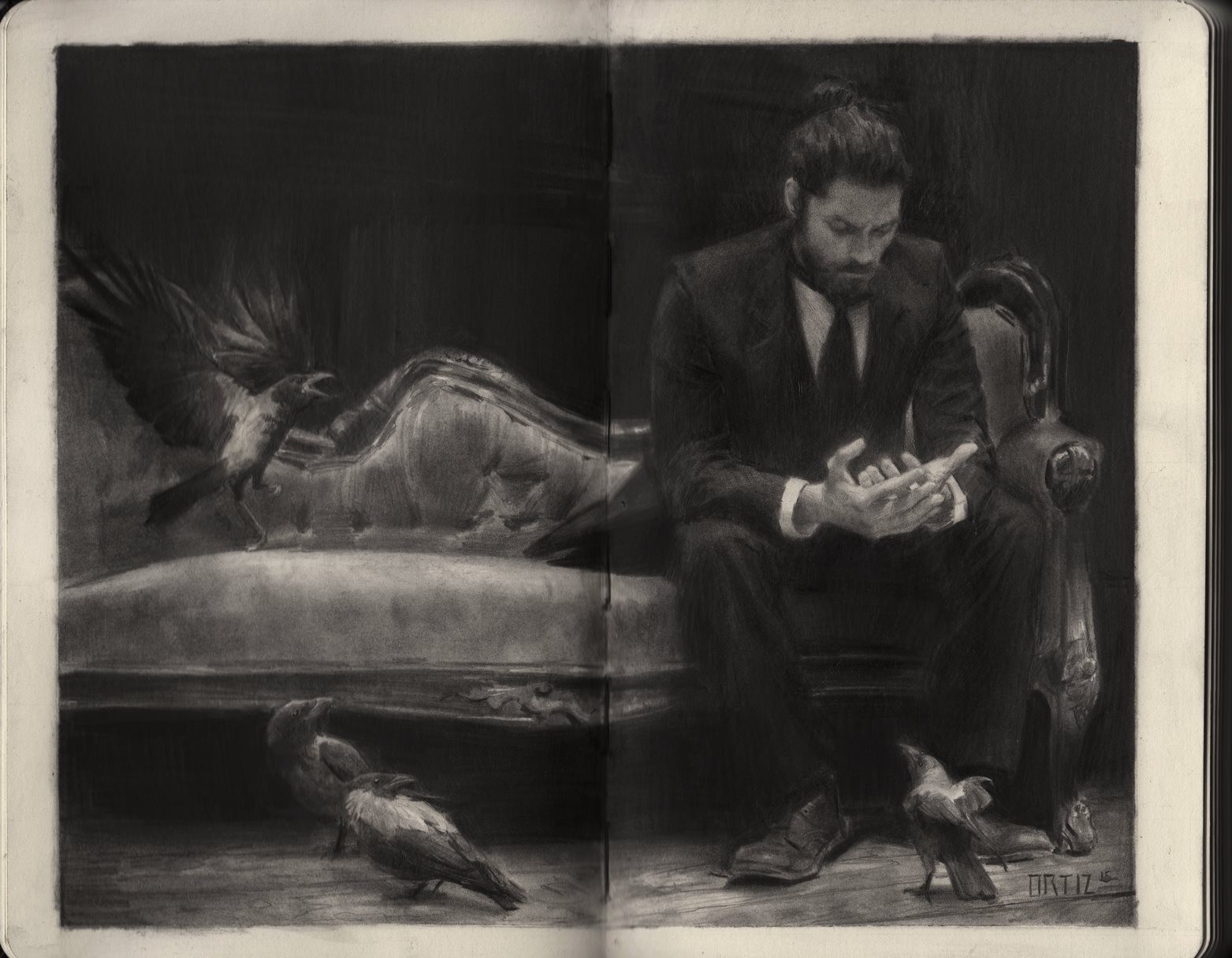
Before you can start to improve your art, Ortiz says, you need to understand what art actually is. In her words: “Art is a puzzle and the only way to solve it through practice.” But ‘practice’ doesn’t mean just blindly doing the same thing again and again. “For instance, if you were doing a jigsaw and there was a piece that wasn’t quite fitting, you wouldn’t keep trying to jam it in the same place,” she reasons. “That would be crazy. But we do that to our own artwork.”
Often you need to take a step back, she says. “So don’t validate yourself on whether you can paint something or not,” she recommends. “Instead, ask yourself: do you know what are you painting about? If the answer is no, find out. Why does light bounce the way that it does? Why does everything look flat on an overcast day? Why does hair shine like a ribbon? Ask questions like this.”
The best way to gain this knowledge is to pursue it systemically, she says. “So I’d urge you every day to do a least 15 minutes of art theory studies. You’ll start to really get things like colour harmony, like composition, shape, value. Do this consistently, and you’re going to learn a ton.”
Check out our pieces on colour theory and the best art books to get a handle on art theory.
06. Learn from the masters
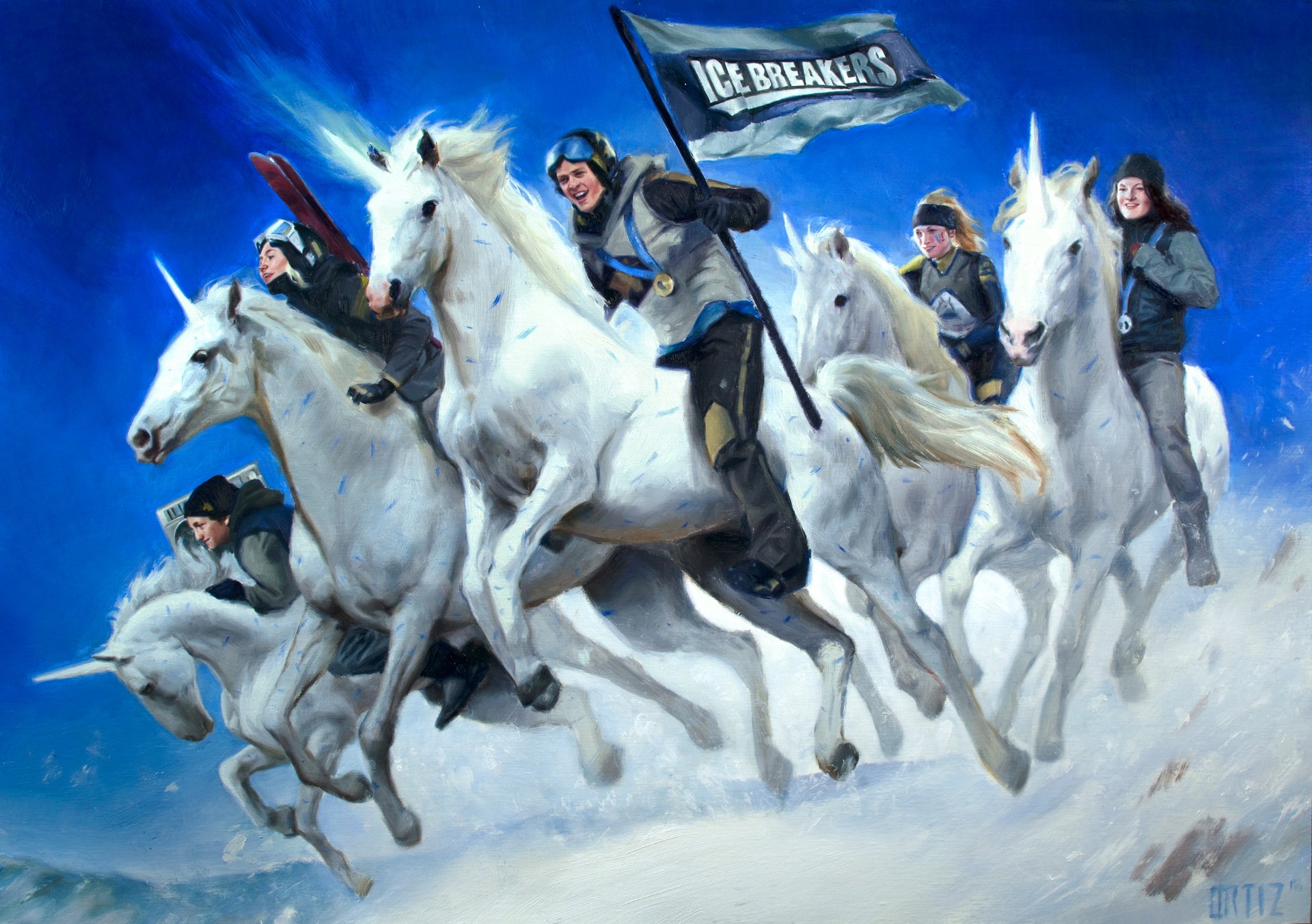
Of course, studying art theory is only one half of the equation; it’s also vital to practice consistently. “A lot of art is just hours and hours of practice doing the things that matter, and at one point, things just start to click,” says Ortiz. But what should you practice? She recommends the master study: “You choose a dead artist you love, and copy one of their paintings directly. This should takes as long as it takes. If it takes you a week, two weeks, a month, that’s how long it should take you.”
And it’s not just something you do at the start of your career, but throughout it. “I do constant studies whenever I can,” points out Ortiz. “I want to learn. I want to be curious. I want to figure out why things work the way they work. You can teach people technique, but you can’t teach people curiosity. Because to remain curious is to keep asking questions. Why does this work? Let me find out and make an actual copy of this, and learn and learn. Like, why do waves flow the way they do? Be curious, learn as much as you can.”
Even when you’ve established yourself as a professional artist, it’s vital to continue learning and creating personal projects outside of your day job, she adds. “If you’re always in the service of others you’re going to burn out very, very quickly. Only doing the work that clients ask you to create is not going to feed you as an artist. It’s the things you do outside of that which will benefit your work more than anything.”
Keep your eyes peeled for more reports from Vertex 2020 on Creative Bloq in the coming days.
Read more:

Tom May is an award-winning journalist specialising in art, design, photography and technology. His latest book, The 50 Greatest Designers (Arcturus Publishing), was published this June. He's also author of Great TED Talks: Creativity (Pavilion Books). Tom was previously editor of Professional Photography magazine, associate editor at Creative Bloq, and deputy editor at net magazine.
